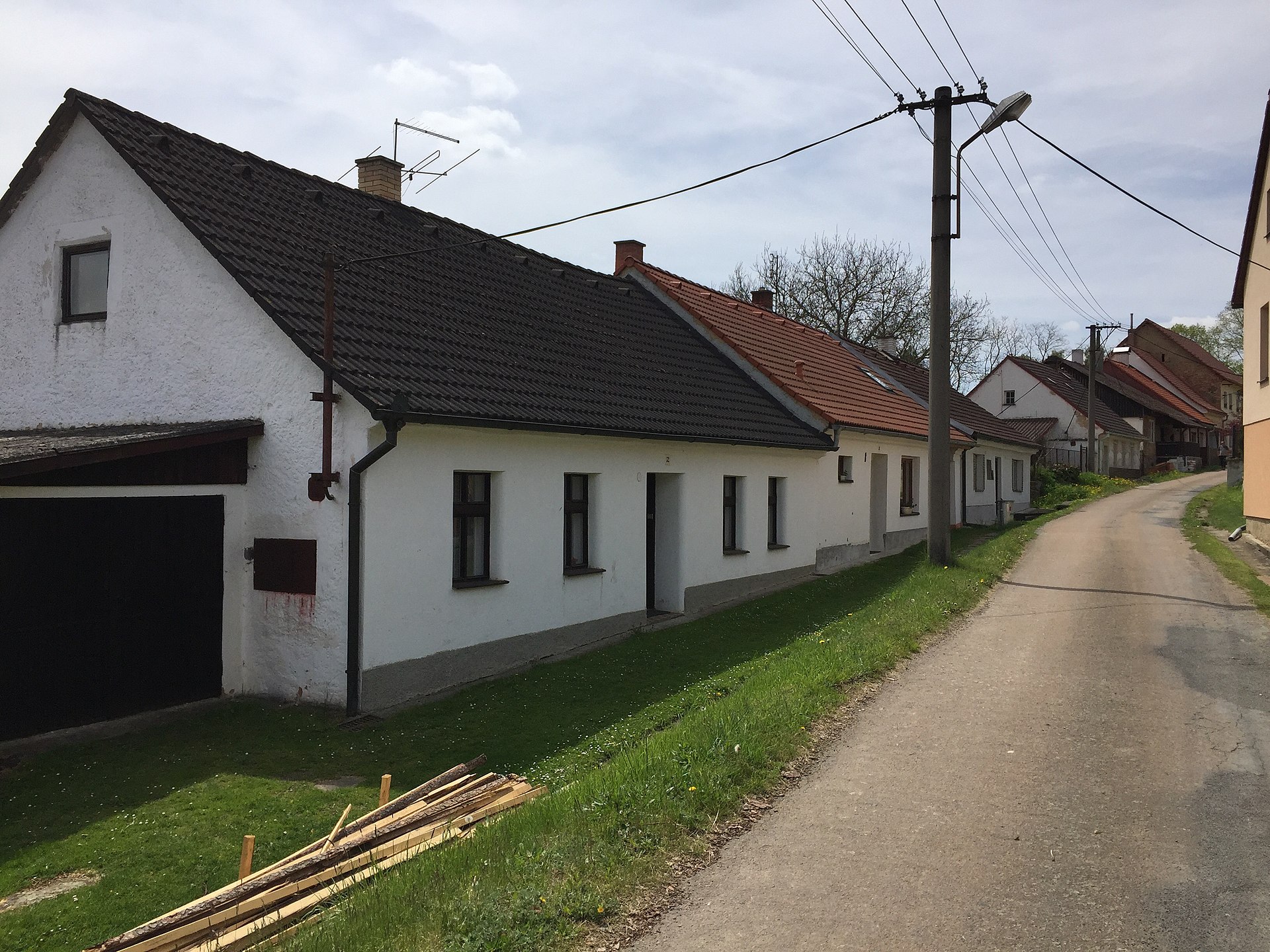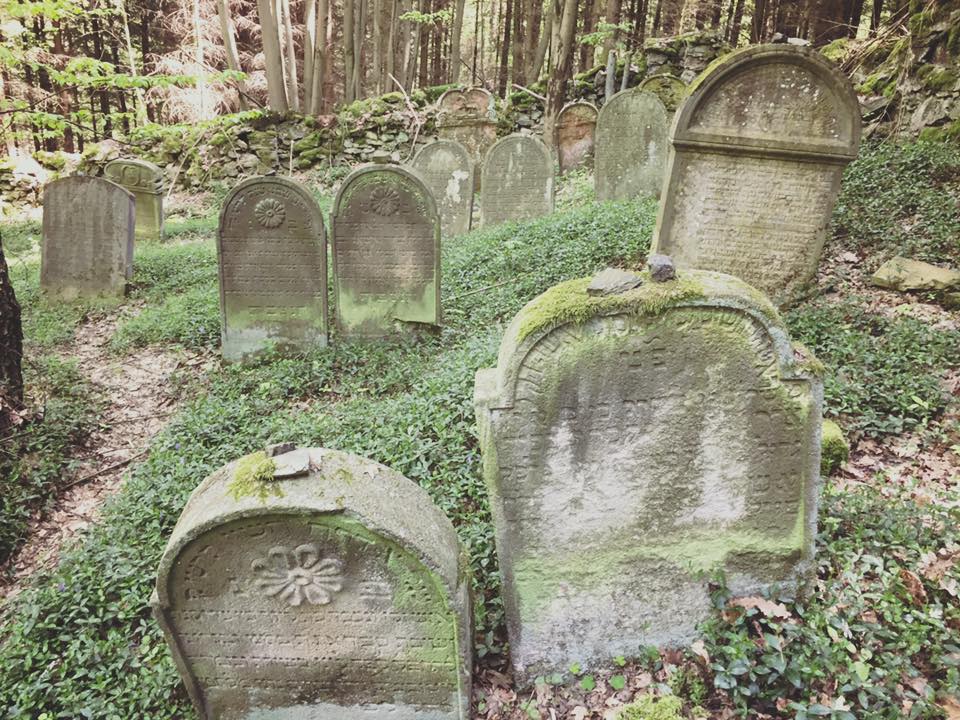The Humble Town of Hřešíhlavy
Planning on a taking a Jewish vacation to the Czech Republic, or perhaps a kosher cruise along the Danube River with the likes of Kosherica Cruises or KRC? One town you might want to stop by is Hřešíhlavy.
Hřešíhlavy is a village in the Rokycany district of the Pilsen Region. It lies 13 kilometers northwest of the town of Zbiroh, in the area of Horní Berounka Nature Park. Historically, it was predominantly a Jewish shtetl.
Hřešihlavy‘s History
The oldest mention of Hřešihlavy was in the year 1363, when a Jan of Hřešíhlav is mentioned as the purchaser of the altar of the Dominican church in Pilsen. Rous, a bourgeoisie at Karlštejn in the middle of the 15th century, allegedly came from Hřešihlavy.
The first documented mention of the village itself dates back to 1379, when Hřešíhlavy was mentioned as the seat of the Řešihlavové z Hřešihlav noble family who lived there until the 16th century. The first mention of the local fortress dates back to 1648, in connection with the Běšín family from Běšín.

In 1734, the Rummerskirchen noble family purchased Hřešíhlavy. Baron Ferdinand Maria and Baroness Marie Elisabeta built a castle and a school, which is now a local tavern. The estate also had a brewery, malt house, mill, sheepfold, hop garden and farm yard which has been preserved.
During World War II, the Hitlerjugend sanatorium was in the castle. After 1945, the chateau and its economic area were nationalized, later transformed into the JZD. Its incompetent usage almost completely devastated the area. The building of the castle was in the 1990s the depositary of the National Technical Museum from Prague and recently was sold to a private owner who is slowly reconstructing the estate.
Hřešihlavy’s Landmarks
The Chateau of Hřešihlavy is of late Baroque character, with shorter side wings, mansard roof. Above the entrance are the coat of arms of its builders, the Rummerskirchen family. A simple gate leads to the premises, with an adjacent chateau park and former sheds, which have been devastated as objects serving the local agricultural union. At present the chateau is undergoing reconstruction.
In the village there is a Baroque All Saints Church, built in 1768 and 1769 with an adjacent parish. In addition, there are the Baroque sculptures of the Piety from 1751 and St. Adalbert from 1751. There is also a Baroque bell tower in Hřešíhlavy, a sundial, a former gamnekeeper’s hut and a Christian cemetery.
On the hill south of the village, in the direction of Svinna, two baroque utility buildings, the so-called Large Sheepfold (reconstructed and still preserved) and Little Sheepfold (demolished after 1990), stood in the 90's of the 20th century. However, the location is historically rightly named "Čumenda" (meaning “The Lookout”). The steep slopes on the right bank of the Berounka river west of Hřešihlav have been protected since 1990 as the Třímanské Rocks Nature Reserve. There are relict pine groves and a rock step on a spilite base.
The Hřešihlavy Jewish Community
The Jews are first documented in Hřešihlavy in 1623, and in 1680 the Jewish Community (kehila) was founded, which makes it the second oldest in the Rokycany district, right after Terešov. At the turn of the 18th and 19th centuries Hřešihlavy had an overwhelming majority of Jewish population. In 1840 there were more than 30 Jewish families (262 members) which comprised 51% of the town’s total population. But at the turn of the 19th and 20th centuries, there were only around 10-15 Jewish inhabitants. In 1930 there were no Jews in the village.
The Jewish Quarter - historically called Karlín - runs the road from the village square to the cemetery and further down to the river Berounka. Before the middle of the 19th century, 24 Jewish houses were documented. Most of them, including the school, are preserved.
The first synagogue (probably wooden) was documented in 1680. The second one, built in the first half of the 19th century, was still in use in 1894. It was demolished in the early 20th century. The Havra Kadisha funeral brotherhood was documented in 1821.
The Jewish Street in Hřešihlavy is completely preserved. Jewish houses and a former Jewish religious school (Beth Midrash) are also preserved and inhabited. In the basements of one of the houses, traces of the existence of the Jewish ritual bath (a mikveh) were also found. There was also a kosher pub here in the 19th Century called "By the Blue Noodle", sources say.

About half a kilometer to the east of the village, down the road towards Berounka, on the right side of the hill, is a 682 square meter Jewish cemetery. This was a witness to the former size of the local shtetl. The cemetery was founded at the beginning of the 19th century. Its oldest preserved tombstone is from 1821, and the last funeral was allegedly held during 1911. A total of 55 tombstones were preserved, many of which are of the classicist type. Amongst them is a rabbi of Hřešihlavy, Aaron Koniczek, who passed away at the age of 103.
The mortuary building and perimeter masonry are in a desolate state--virtually non-existent even. Still, in the 1960s, the local mayor, Mr. Wohlgemuth, cared for the cemetery. After 1989, it was owned by the Czech Jewish Federation. The cemetery is partly maintained by the Federation and is currently undergoing renewal. It is accessible to all and is occasionally visited by members of the Jewish community from the Czech Republic and abroad. Jewish vacation is indeed a worthwhile destination for travellers who are planning on visiting this region.
Advertise on APSense
This advertising space is available.
Post Your Ad Here
Post Your Ad Here
Comments